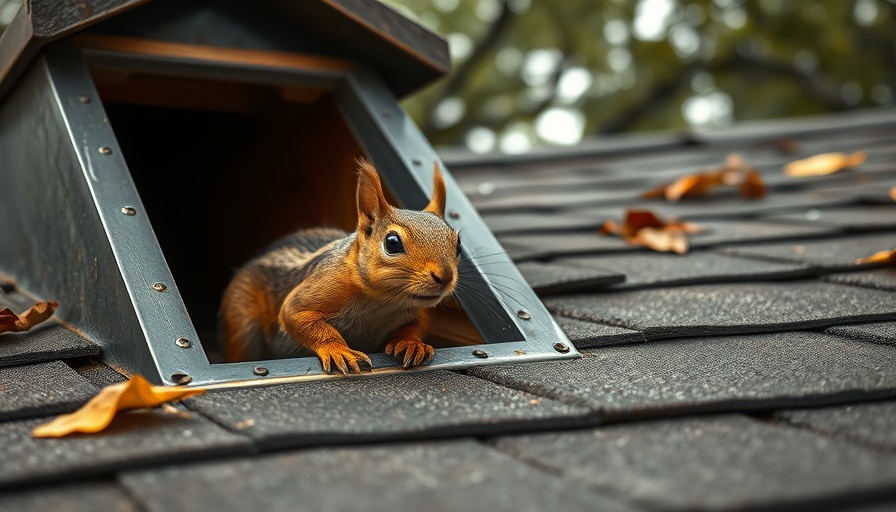
Understanding Your Furry Intruders: Squirrel Behavior
Having squirrels in your attic is more than just a nuisance; it can potentially lead to serious structural damage in your home. These agile little creatures often see your attic as a cozy nesting spot, especially during the colder months. Understanding squirrel behavior is crucial to effectively addressing the problem.
Squirrels are primarily active during the day, busy foraging for food. In the wild, they are known for their ability to locate nuts and seeds, which is also why they might find their way into your attic. They are persistent creatures and can chew through a variety of materials, including wood and insulation, to create a comfortable nest.
DIY Solutions for Squirrel Removal
Homeowners often prefer to tackle pest issues themselves before calling in a professional. Here are some effective DIY methods to deter these furry intruders:
- Trapping: Consider using a humane trap. Set it up with some bait such as peanut butter or nuts, and place it near the entry point you believe the squirrels are using. Remember to check local regulations regarding wildlife trapping.
- Exclusion Techniques: Prevent squirrels from entering by sealing holes and gaps around your roof and eaves. Use sturdy materials like hardware cloth or metal flashing to block access points.
- Repellents: Place natural deterrents around your home; substances like cayenne pepper or vinegar can discourage squirrels when sprinkled near entryways.
When to Call in the Experts
While DIY methods can be effective, sometimes the situation requires professional assistance. If you’re dealing with a large infestation or the squirrels have already established a nest, it’s best to call an expert. Wildlife control professionals have the tools and experience necessary to safely remove and relocate squirrels.
Additionally, if you aren’t comfortable handling traps or repairs on your home, it’s wise to turn to professionals. Squirrel removal services can help prevent further damage by identifying and sealing entry points more securely.
Monitoring Post-Removal: Keep Squirrels at Bay
Once you’ve successfully removed squirrels from your attic, it’s important to take preventative measures. Regularly check your home for potential entry points and keep trees and shrubs trimmed away from your roof to minimize access. This proactive approach can save you from future headaches and repairs.
Understanding Your Investment: Why Prevention Matters
Investing in squirrel prevention not only protects your home from potential structural damage but also safeguards your tranquility. Understanding the behavioral patterns of these creatures helps you create a strategy that is both effective and humane.
Taking action now ensures your attic remains a peaceful sanctuary rather than a wildlife hotspot.
 Add Row
Add Row  Add
Add 




 Add Row
Add Row  Add
Add 

Write A Comment